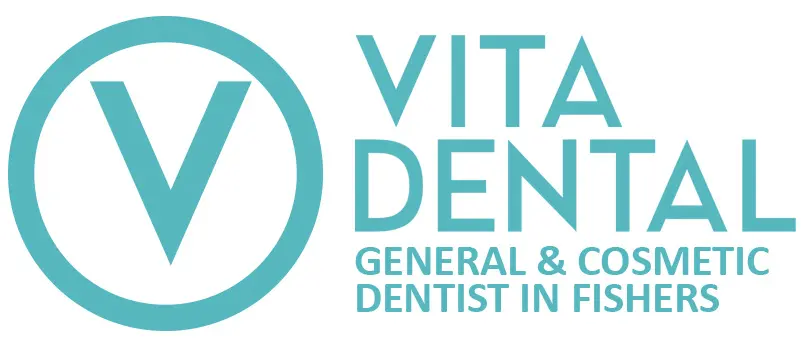If you’re trying to understand how your Guardian dental insurance works, there are three terms you’ll need to get familiar with right away: copays, deductibles, and coinsurance. These features directly impact how much you pay for your dental care and how much your insurance plan helps cover. Knowing how each one works makes it easier to plan, budget, and use your benefits wisely. Read on to learn more about each so you know what to expect.
What Is a Copay?
A copay is a set dollar amount you pay when you visit the dentist for a specific service. For example, your plan might include a $20 copay for a routine cleaning or $50 for a visit to a specialist. Unlike deductibles or coinsurance, this fee is fixed and often applies regardless of the final cost of the procedure.
Copays typically apply only when you see a provider within Guardian’s network. They also don’t usually count toward your deductible, meaning you’ll pay them even before your deductible is met. While not all plans include copays, those that do often offer predictability, making it easier to estimate your out-of-pocket costs ahead of time.
How Do Deductibles Work?
A deductible is the amount you must pay for covered dental services before your Guardian plan starts contributing toward the cost. Most plans have an annual deductible, such as $50 per person or $150 for a family plan. Preventive care, like cleanings and exams, is often covered 100% without requiring you to meet your deductible first. But if you need treatment for something more involved, such as a filling or crown, you’ll likely have to pay full price for that care until your deductible has been met.
Once the deductible is satisfied, your insurance begins covering a percentage of treatment costs, which is where coinsurance comes in.
What is Coinsurance?
Coinsurance is your share of the cost for a covered procedure, expressed as a percentage. For instance, if your coinsurance rate is 20% and a procedure costs $400, you’ll pay $80 and Guardian will cover the remaining $320. The exact percentage depends on the plan you have and the type of service you receive.
Coinsurance only kicks in after your deductible has been met, and it’s common to have different rates for different categories of care. Basic procedures may require a smaller coinsurance contribution compared to more complex or major treatments. If you use an in-network provider, you’re more likely to get a better coinsurance rate.
What’s the Bottom Line?
Understanding how copays, deductibles, and coinsurance interact is key to getting the most value out of your Guardian dental insurance. While it may seem like a lot of jargon at first, these terms help outline what you’re financially responsible for and what your plan covers. If you’re ever unsure how these costs apply to a specific treatment, it’s worth checking your benefits summary or contacting Guardian directly for clarification. Knowing the basics now can help you avoid unexpected costs later and give you more confidence when scheduling care.
